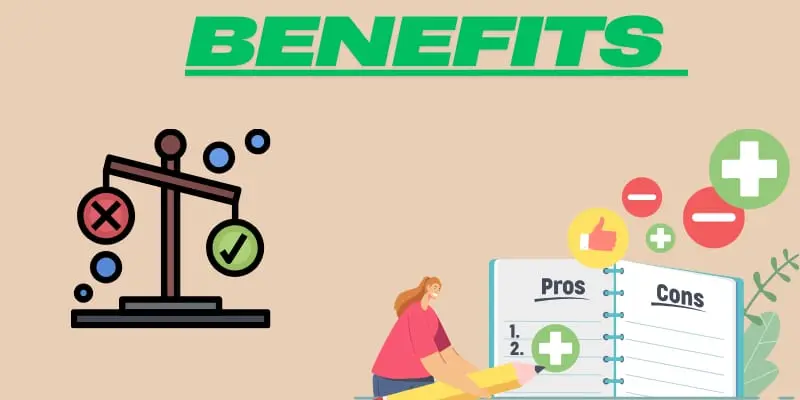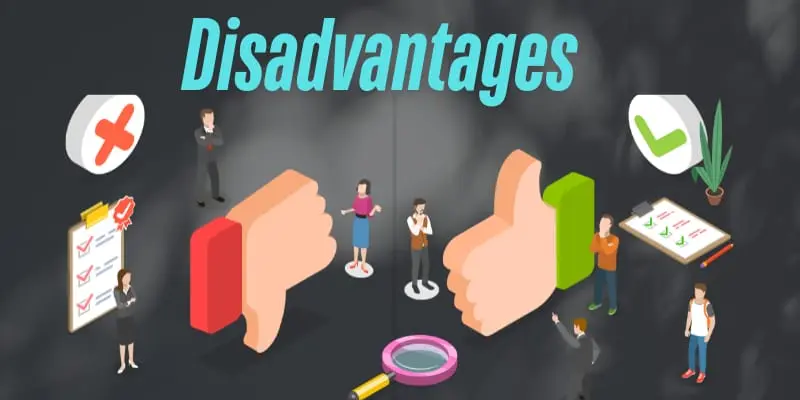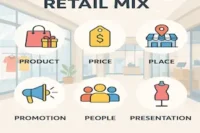What Is Store Traffic Flow? How It Works +Key Pros & Cons
Published: 20 Mar 2025
Store traffic flow refers to how customers move through a store, from the movement they enter to the movement they leave.
We can consider it like a roadmap for customers, guiding them through aisles, past displays, and toward products.
Just like a good map makes a journey smooth and enjoyable, a well-designed traffic flow makes shopping easy and fun.
It helps customers find what they need quickly while encouraging them to explore more of your store.
Here’s a detailed guide on store traffic flow, why it’s important, how it works, and its key disadvantages.
So let’s come and dive into the deep guide.
What Is Store Traffic Flow?

Store traffic flow refers to how customers naturally move through a retail space, from when they enter to when they exit.
It includes the layout of aisles, the placement of products, and the use of signage and displays to create the best customer shopping experience.
You can consider it like a strategic design of a store’s physical environment to guide customers
efficiently through different sections, making their shopping journey smooth and enjoyable.
A well-planned store traffic flow helps customers find products easily, encourages them to explore more areas, and ultimately increases sales.
Retailers use various strategies, such as wide aisles, clear signage, and strategic product placement, to direct foot traffic and reduce congestion.
By optimizing store traffic flow, businesses can enhance customer satisfaction, improve store organization, and maximize revenue.
Why Is Store Traffic Flow Important?

A better store traffic flow is crucial in various ways.
For example, it directly impacts customer experience, sales, and operational efficiency.
Here’s why it’s important.
- A better store traffic flow enhances the customer shopping experience by making navigation easy and intuitive.
- It increases product visibility, encouraging customers to explore more items.
- Increases sales by helping customers notice high-profit or special offer products.
- Reduces customer frustration, leading to higher satisfaction and loyalty.
- Maximizes the use of retail space, ensuring every area contributes to sales.
- Improves operational efficiency by minimizing congestion and bottlenecks.
- At last, it creates a positive first impression, attracting customers to return.
How Store Traffic Flow Works?
Store traffic flow is the strategic design of a retail space to guide customers efficiently and intuitively.
It starts with a well-planned layout, where aisles, displays, and product placements are arranged to align with customer behavior.
Retailers create clear pathways that lead shoppers through key sections, balancing ease of navigation with opportunities for exploring new products.
High-traffic areas, such as entrances and central aisles, are often reserved for high-demand or promotional items to maximize visibility and engagement.
The placement of checkout counters at the rear of the store encourages customers to traverse the entire space, increasing the likelihood of additional purchases.
Retailers use tools like heat mapping and customer tracking to monitor movement patterns and identify areas for improvement.
This data-driven approach helps retailers refine layouts, reduce congestion, and enhance the overall shopping experience.
What are the Disadvantages of Store Traffic Flow?

While store traffic flow offers many benefits, it also has potential disadvantages if not implemented thoughtfully.
Here are some key drawbacks of store traffic flow.
- Poorly planned traffic flow can confuse customers, making it harder for them to find what they need.
- Overcrowded aisles and pathways can create a cramped shopping experience, leading to discomfort.
- If key products are placed in low-traffic areas, they may go unnoticed, resulting in lost sales.
- Frequent changes to the store layout to improve flow can disrupt the shopping experience and frustrate regular customers.
- Relying too much on technology for traffic monitoring can be expensive and complicated to implement.
- Ignoring customer preferences in layout design can lead to dissatisfaction and reduced loyalty.
- Poorly positioned checkout counters can cause long lines and bottlenecks, frustrating shoppers.
Hey My Dears.
So today we’ve covered what’s store traffic flow in detail.
From understanding how it guides customers through a store to exploring different types of layouts like grid, loop, and free-flow, we’ve seen how it impacts both the shopping experience and business success.
Whether you’re a small boutique or a large retail chain, optimizing your store’s traffic flow can make a world of difference.
Remember, a well-designed flow not only makes shopping easier for your customers but also helps you boost sales and create a welcoming environment.
Now I think this guide was very helpful for you.
Goodbye.

- Be Respectful
- Stay Relevant
- Stay Positive
- True Feedback
- Encourage Discussion
- Avoid Spamming
- No Fake News
- Don't Copy-Paste
- No Personal Attacks



- Be Respectful
- Stay Relevant
- Stay Positive
- True Feedback
- Encourage Discussion
- Avoid Spamming
- No Fake News
- Don't Copy-Paste
- No Personal Attacks



